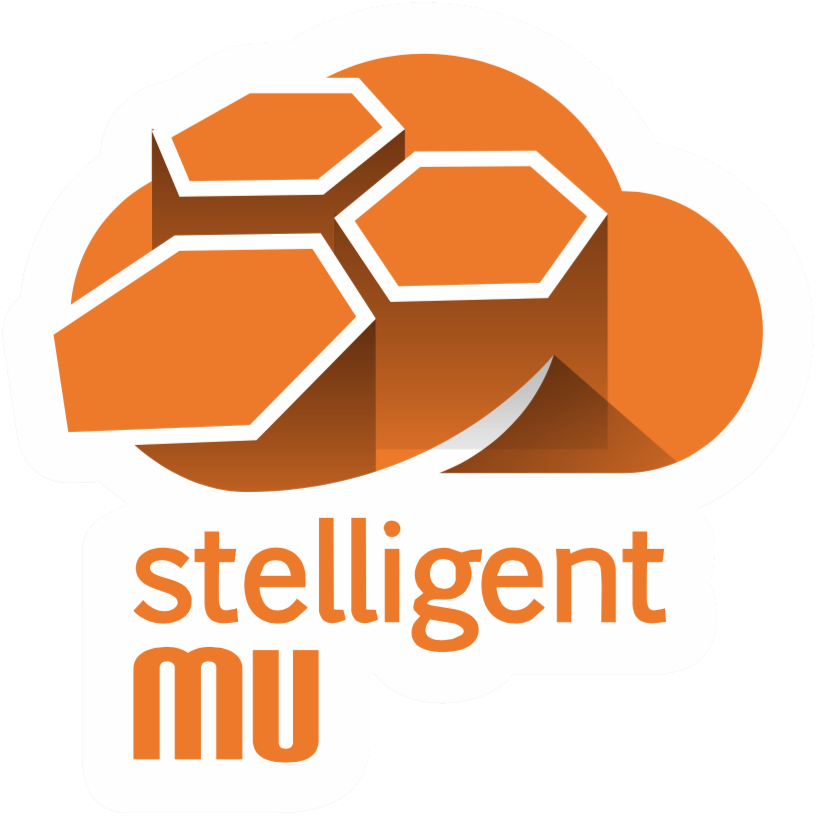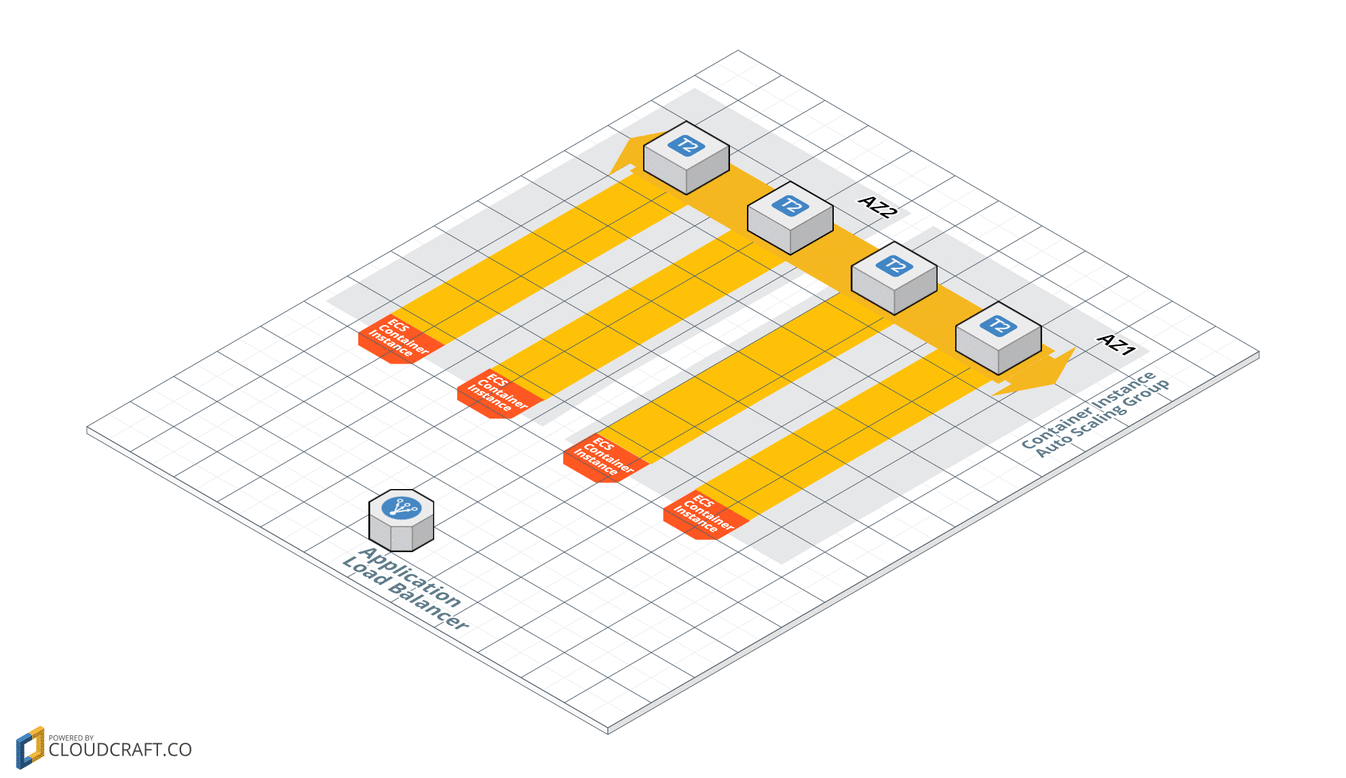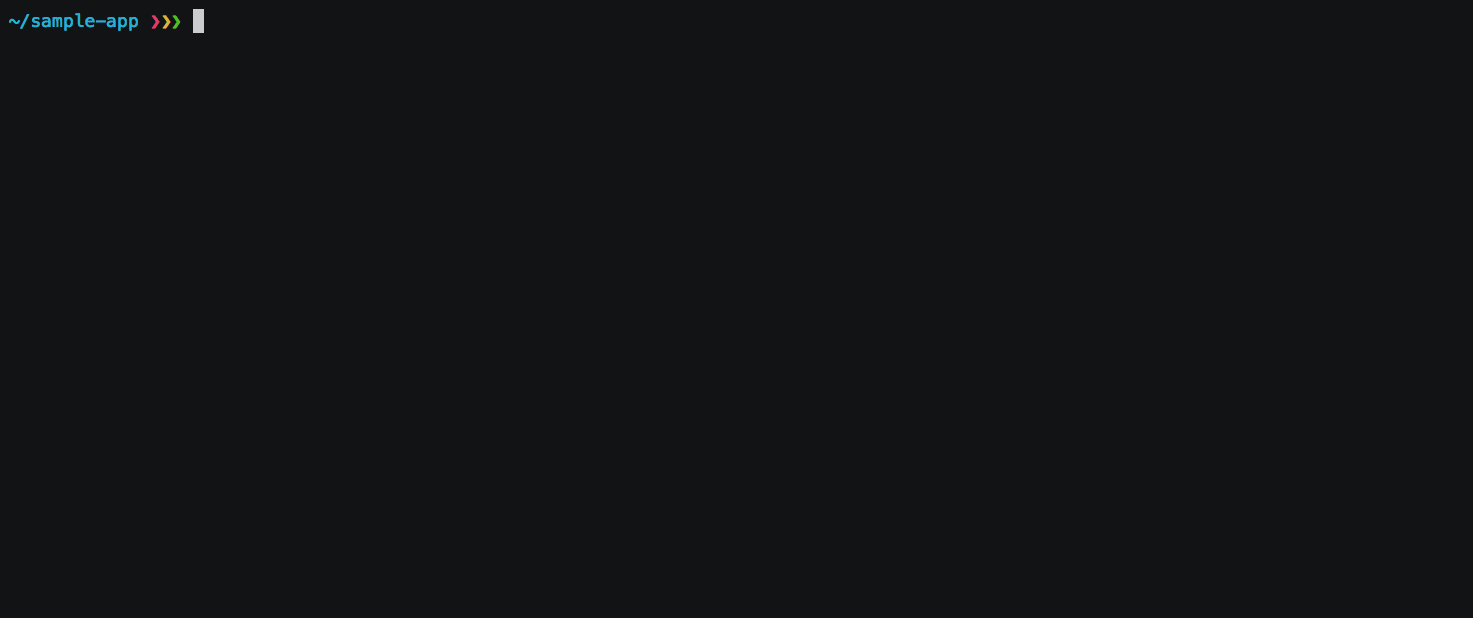



Why?
Amazon ECS (EC2 Container Service) provides an excellent platform for deploying microservices as containers. The challenge however is that there is a significant learning curve for microservice developers to deploy their applications in an efficient manner. Specifically, they must learn to use CloudFormation to orchestrate the management of ECS, ECR, EC2, ELB, VPC, and IAM resources. Additionally, tools like CodeBuild and CodePipeline must be mastered to create a continuous delivery pipeline for their microservices.
To address these challenges, this tool was created to simplify the declaration and administration of the AWS resources necessary to support microservices. Similar to how the Serverless Framework improved the developer experience of Lambda and API Gateway, this tool makes it easier for developers to use ECS as a microservices platform.
The mu tool uses CloudFormation stacks to manage all resources it creates. Additionally, mu will not create any databases or other AWS resources to support itself. It will only create resources (via CloudFormation) necessary to run your microservices. This means at any point you can stop using mu and continue to manage the AWS resources that it created via AWS tools such as the CLI or the console.

Demo
Watch the 90 second demo below to see mu in action!

Get Started!
Install latest version to /usr/local/bin (or for additional options, see wiki):
curl -s https://getmu.io/install.sh | sudo sh
Assuming your project already has a Dockerfile, you can initialize your mu.yml file with: mu init. More details available in the quickstart.
What's next?
Check out the examples to see snippets of mu.yml configuration files that you can use in your own project:
Refer to the wiki for complete details on the configuration of mu.yml and the cli usage:
- Environments - managing VPCs, ECS clusters, container instances and ALBs
- Services - managing ECS service configuration
- Databases - managing database configuration
- Pipelines - managing continuous delivery pipelines
- IAM - managing IAM roles that mu uses
- CLI - details about using the CLI
- Custom CloudFormation - details about customizing the CloudFormation that is generated by mu.
- Service Discovery - details about configuring and using service discovery
- Traditional Infrastructure - details about using traditional infrastructure (EC2 instances) for running services, rather than ECS and Docker.
Support
Need help? Check out the FAQ to try to find an answer to your question. If you can't find an answer there, ask on Gitter!
Contributing
Want to contribute to Mu? Awesome! Check out the contributing guidelines to get involved.
Building from source
- Ensure AWS CLI is configured with an access key, secret access key, and region.
- Install Go tools 1.7+ - (https://golang.org/doc/install)
- Clone this repo
git clone git@github.com:stelligent/mu.git $GOPATH/src/github.com/stelligent/mu
- Go to src
cd $GOPATH/src/github.com/stelligent/mu
- Build with
make
- Run unit tests with
make test
- Run end-to-end tests with
make e2e...takes about 30 minutes and will incur charges in your AWS account.